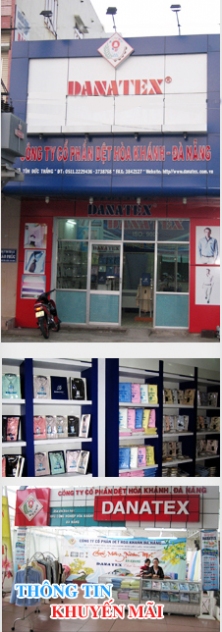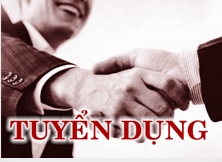The textile industry achieved export turnover of US$17 billion in 2012, an increase of eight percent compared to 2011. While the recession has affected the global textile industry, including Vietnam’s garment andtextile industry, this figure was acceptable. The textile industry’s efforts offer a good example for other sectors in overcoming their difficulties.
Vinatex Deputy Director General Le Tien Truong
Overcoming difficulties
The textile industry continued to assert its leading position as one of the country’s top export turnover sectors in 2012. According to the Vietnam Textile and Apparel Association (VITAS), the textile industry successfully achieved target of US$17 billion in export turnover, an increase of eight percent compared to a year ago. Of which, export turnover of fiber reached US$1.8 billion.
Together with an increase in export turnover, an increase in domestic sales was also a highlight for the textile industry last year. Domestic revenue growth of the Vietnam Textile and Garment Group (Vinatex) in 2012 reached 15 percent with about VND20 trillion. Retailers such as Vinatex Mart, Viet Tien, May 10 and Duc Giang also rapidly expanded their distribution channels.
According to Vinatex Deputy Director General Le Tien Truong, in the early years of beginning the integration, the sector’s growth rates were very high. While percentage growth has slowed, the absolute scale of the sector has boomed. To maintain a growth rate of 10 percent per year, the textile industry’s export turnover each year must add US$2 billion, meaning that there need to have additional five export weeks each year. This threshold would difficult to achieve. Moreover, due to unfavorable impacts from theimport markets last year, the prices of textile products decreased by five to ten percent. Therefore, to achieve growth of eight percent in export turnover, actual output must increase by 14-15 percent.
2012 was a difficult year for the textile industry when the main export markets, accounting for 80 percent of the export turnover, such as the US, Japan and especially the EU, faced many problems . With such efforts, the textile industry not only created a strong growth but also provided a good example for other sectors in overcoming their difficulties.
Conquering new goals
2013 continues to be a difficult year for the textile industry due to unsatisfactory export results. US growth in 2013 is forecasted to be lower than 2012, while the EU may see better growth. However, the textile industry would strive to reach export turnover of US$18.5-19 billion and a growth rate of about 10 percent compared to 2012.
Despite worries about this goal, Le Tien Truong said that Vietnam’s garment and textile industry still had many opportunities to add by US$1.5-2 billion in export turnover in 2013. Moreover, enterprises in the textile industry have efficiently exploited markets, such as Russia, Belarus, Ukraine and the Middle East and captured market share from other exporting countries. Therefore, the industry still has opportunities to expand its scale and increase export turnover.
It is thought that the goal of Vietnam’s garment and textile industry in 2013 remains feasable as production could be increased through technical innovation and labor productivity improvements because the industry’s labor productivity is low compared to other exporters. The localization rate of the industry is also good (this figure reached 46 percent in 2010, 48 percent in 2011 and 50 percent in 2012). Designs also improved due to an increase in FOB orders, creating favorable conditions to enhance competitiveness.
Increasing export turnover
Le Tien Truong also pointed out that Vietnam’s garment and textile industry was facing a major drawback, which is the lack of an adequate supply chain. This reason led to the dependence on raw materials and a decline in competitiveness. Investing in raw materialresources were not focused on sufficiently for nearly 20 years, and the supply chain must be strong enough to serve the development of the industry.
To build the supply chain, the textile industry must invest in some key stages. It is neccesary to expand the quantity and quality of natural raw fibers and especially develop weaving and dyeing stages. In Vinatex’s restructuring project, the group made an important solution to create a quick and sustainable supply chain. The starting point of its chain will be from enterprises which may be able to master the market.
Le Tien Truong also said that with an estimated investment capital of VND20 trillion, the projects to boost weaving and dyeing would receive investment capital from the textile industry until 2015. This will be a major effort to quickly build up the supply chain.
The construction of the supply chain is expected to achieve good results and Vietnam’s garment and textile industry will find a new position in the global textile market./.
 |
Today 8 visitors |
 |
Visitor: 000121755 |













